ATSC 113 Weather for Sailing, Flying & Snow Sports
Types of Avalanches
Learning Goal 7j: Define an avalanche, and list and describe types of avalanches.
What is an avalanche?
An avalanche can be simply defined as a mass of snow that moves quickly down a mountain. There are two main types: loose-snow (or sluff) avalanches and slab avalanches.
An avalanche starts when a layer in the snowpack becomes overloaded and fails. The two typical ingredients are: (1) a pre-existing weak layer, and (2) a trigger. The trigger can be natural (like new snowfall, new wind-deposited snow, or a rapid temperature change), or human (a skier/snowboarder/snowmobiler adding weight). In most slides where a person is caught or killed, they or someone in their party are the trigger.
Loose-snow avalanches
Loose-snow avalanches, also called sluffs, are made up of surface and/or near-surface snow that is not well-bonded. They begin at a single point, gathering more loosely-bonded snow crystals from the surface of the snowpack as they descend, gradually fanning out. After the fact, you can recognize them by their inverted "V" pattern, starting from a point and spreading out downhill.
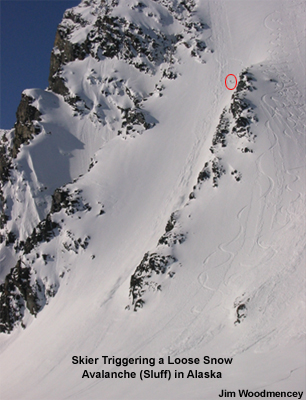
Fig. 7j.1 - Loose snow avalanche or sluff.
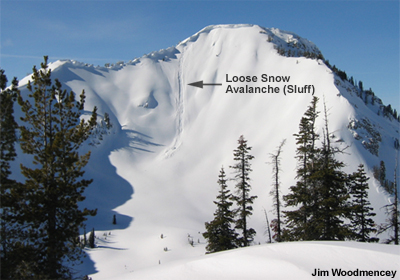
Fig. 7j.2 - Loose snow avalanche or sluff.
This type of avalanche does not usually do any major structural damage, or bury people, although it is possible for them to. More often, they will knock a person off their feet and carry them downhill. This can be deadly if it carries them into trees, over a cliff, or into a terrain trap. Terrain traps are typically small gullies. Even a small avalanche can quickly fill the small gully, burying you a couple of metres under the snow in the gully bottom.
When skiing steep faces with loose snow, it's important to practice "sluff management". To do this a skier skis down the "fall line" (directly downhill) for a short distance and then shifts over laterally on the face, and continues to ski fall line there. The sluff from their original fall line continues down the face next to them, but at a comfortable distance. Check out this clip on sluff management from legendary snowboarder Jeremy Jones.
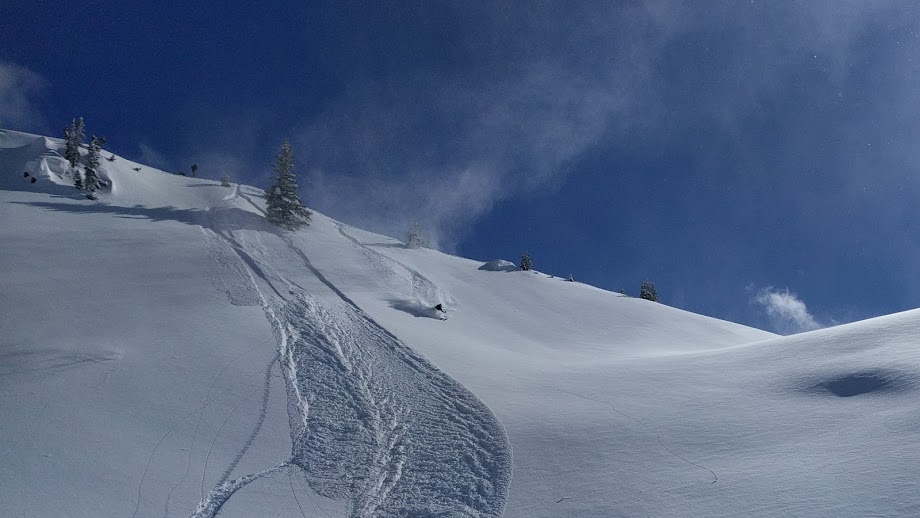
Fig. 7j.3 - Dry sluffs triggered by skiers on the ridgeline. Steep Creek, BC. (Credit: West)
Further, if the snow has high liquid water content, it is more likely to be swept along, and the avalanche has more mass. This is a wet sluff avalanche and is often caused by significant snowmelt from strong solar radiation, or by significant rainfall on the snowpack. Wet sluffs are more common in springtime and in maritime snow climates, where mild temperatures and rain-on-snow events happen more often.
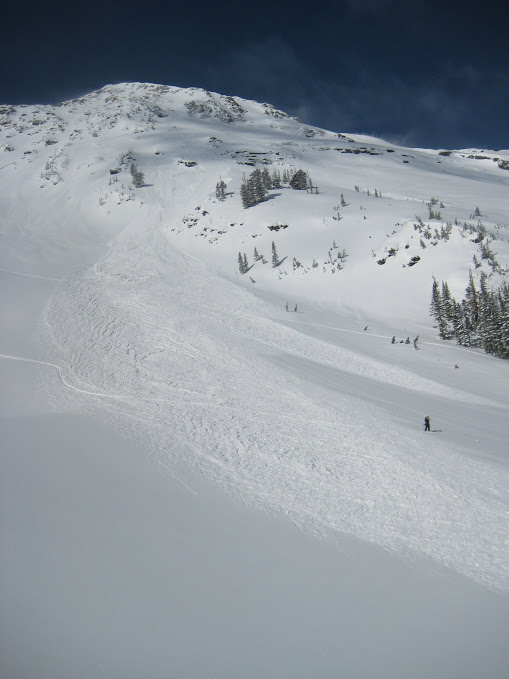
Fig. 7j.4 - A sluff near Broads Fork Twin Peaks, Utah, USA. This dry sluff was fairly large and ran a long distance. It buried our skin track from the way up. (Credit: West)
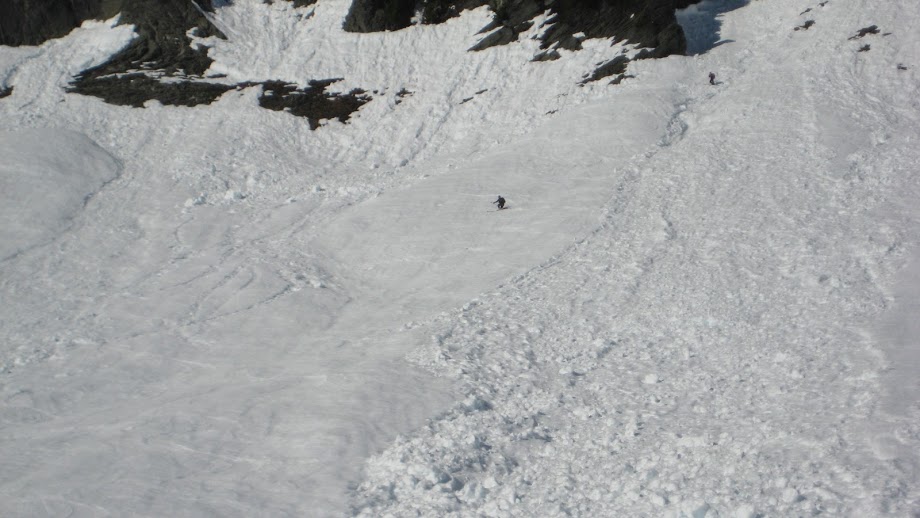
Fig. 7j.5 - A skier descends next to an old wet sluff in the Mount Baker backcountry, Washington, USA. This sluff ran during the heat of the afternoon on the previous day. It's likely that later in the day, this slope would have once again been unsafe to ski. (Credit: West)
Slab avalanches
A slab avalanche occurs when a layer somewhere beneath the surface layer fails, and the cohesive layer(s) above it fracture into a block (or blocks) and slide downhill (see Fig. 7j.6). A slab can propagate for 10s or sometimes even 1000s of metres. Since slab avalanches are typically larger than sluff avalanches, they tend to be more destructive and more likely to bury a person. Slabs that form due to high wind speeds in new snow are referred to as wind slabs.
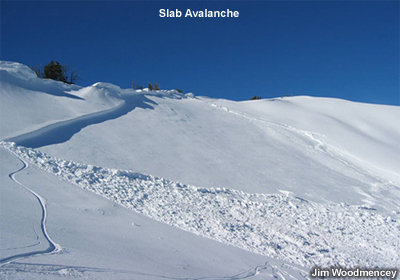
Fig. 7j.6 Slab avalanche.
Slabs generally fall into two categories. Hard slabs are a result of high density, well-bonded snow (sometimes formed by high winds). They remain hard and cohesive blocks as they slide. Soft slabs are comprised of lower-density snow that has more bonding than newly-fallen, non-wind affected snow. Often, snow becomes bonded well enough to form a soft slab after about two days on the ground. The fracture is less likely to propagate as far in softer slabs, usually resulting in a smaller avalanche. The blocks also tend to break up more as they slide down the slope.
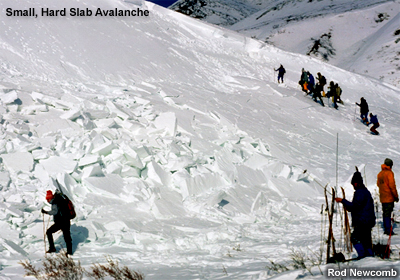
Fig. 7j.7 - Hard slab avalanche.
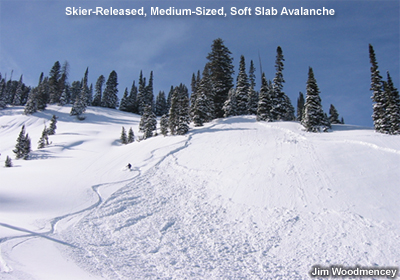
Fig. 7j.8 - Soft slab avalanche.
A less common category of slab avalanche is a wet slab. These are typically a springtime phenomenon. The slab release results from meltwater or rain percolating through the snowpack, and a pre-existing weak layer becomes wet enough that its bonds lose strength and fail. Wet slabs most often occur in the springtime when the snowpack experiences, for the first time all season, several nights in a row above freezing temperatures. Wet sluffs can be a warning sign, indicating that a slope may be primed for a wet slab release.
Here's a summary table of the types of avalanches and their characteristics:

Fig 7j.9 - Summary table of avalanche types (row headers) and their characteristics (column headers). (Credit: West and Howard).
Keywords: avalanche, hard slab, loose-snow avalanche, slab avalanche, sluff, soft slab, terrain trap, wet slab, wet sluff, wind slab
Figure Credits
Howard: Rosie Howard
West: Greg West
Stull: Roland Stull
COMET/UCAR: The source of this material is the
COMET® Website at http://meted.ucar.edu/ of the University Corporation
for Atmospheric Research (UCAR), sponsored in part through cooperative
agreement(s) with the National Oceanic and Atmospheric Administration
(NOAA), U.S. Department of Commerce (DOC). ©1997-2016 University
Corporation for Atmospheric Research. All Rights Reserved.
NOAA: www.nws.noaa.gov
Google: Map data (c) 2016 Google
Wagner: Wendy Wagner, Chugach National Forest
Avalanche Information Centre